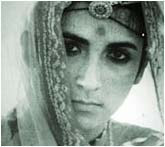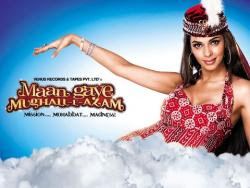Remembrance of Things Past- Duvidha

Duvidha.( The Dilemma) Mani Kaul 1973 I sat across the street and observed a man in his early 60s standing outside the main entrance of the Osian Film Festival(2008) - perhaps lost in his thought; but somewhat, oblivious to the cacophony around him. People of all generations walked past; sometimes someone from the older lot smiled and nodded their head in reverence, but for most, he stood, just like any other man, no different from others. If, and only if, I could use even the basic layer of dissolves and freeze from his film that I saw the night before, then only, most of us, could understand the sheer greatness of the man. Mani Kaul, like his contemporary Kumar Shahaini are two of the most important filmmakers alive in today in India, and who were relegated to oblivion from film production for their sheer avant- gardism, nothing esoteric, but more of, exploring the depth of mise-en-scene in cinema, and what price they had to pay. How sad it is for a medium like ‘Cinema in India’, wh



